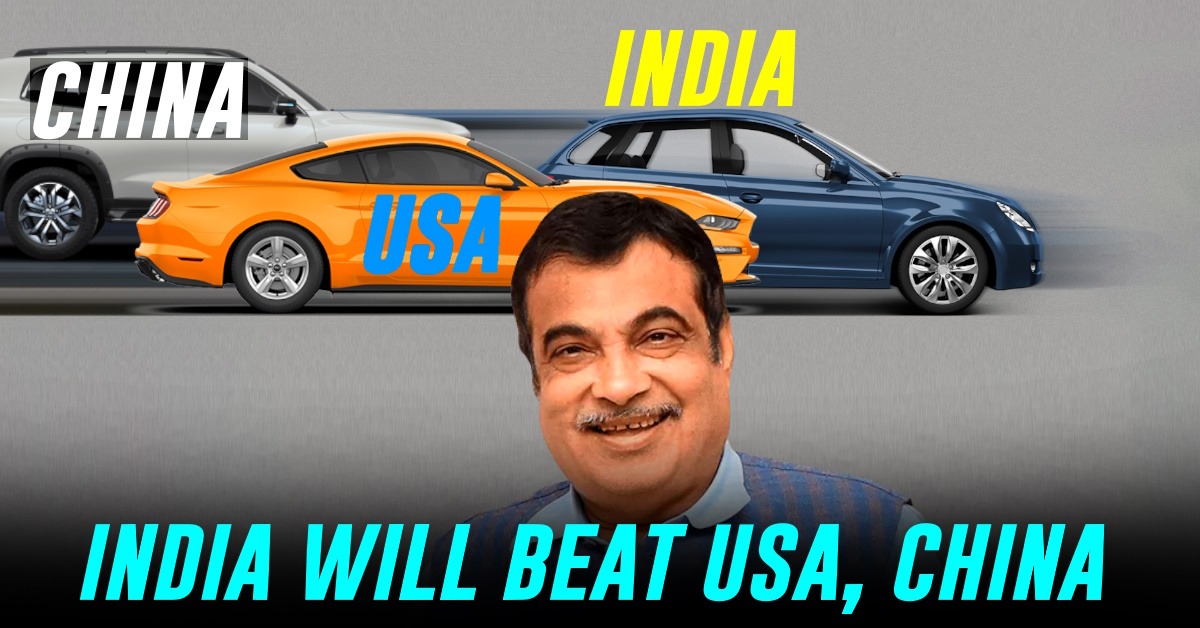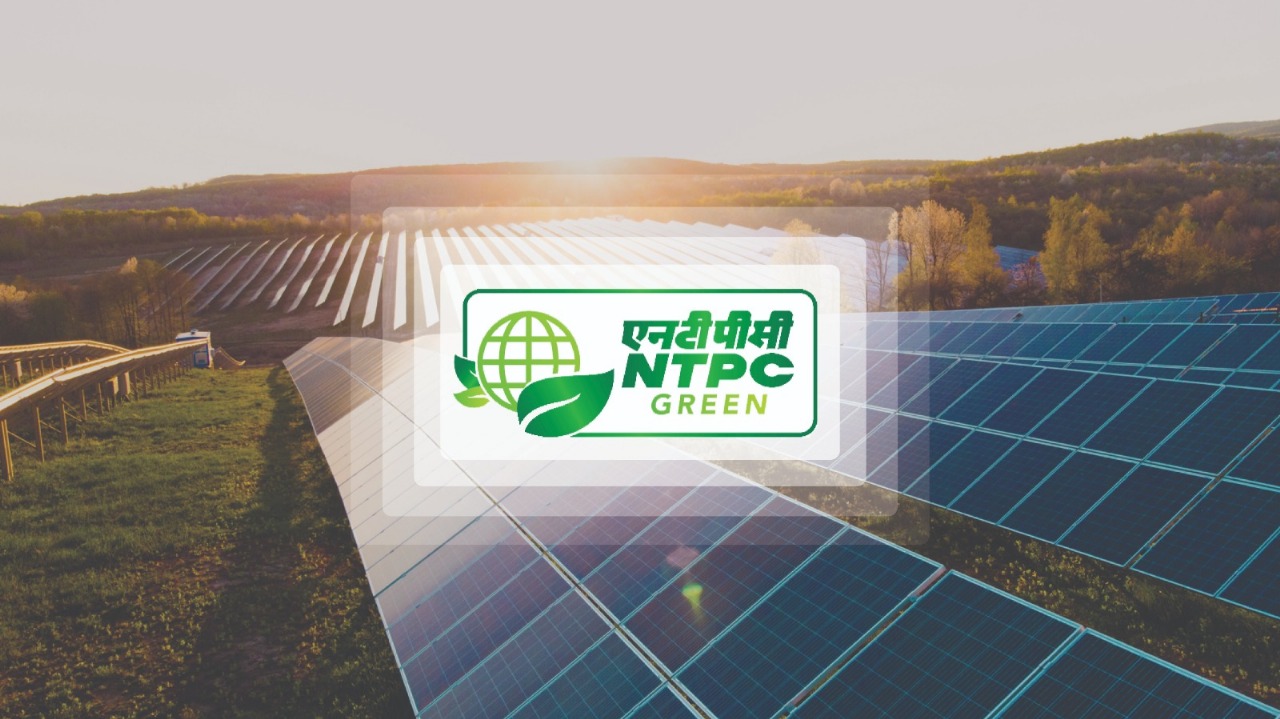India’s automobile industry is revving up for a global takeover. Union Minister Nitin Gadkari has announced the government’s ambitious goal to make India the world’s number one auto manufacturing hub. With a current valuation of Rs 22 lakh crore and a workforce of 4.5 crore, the sector is already a heavyweight in the national economy. But the roadmap ahead is even more aggressive—one that blends innovation, sustainability, and scale to outpace global giants like the US and China.
Key highlights from Gadkari’s announcement
1. India’s auto industry: A rising economic engine
- The sector has grown from Rs 7.5 lakh crore in 2014 to Rs 22 lakh crore in 2025
- It now ranks third globally, behind the US (Rs 78 lakh crore) and China (Rs 47 lakh crore)
- It contributes the highest GST revenue to both state and central governments
- With 4.5 crore jobs created, it is India’s largest employment generator
2. Vision for global leadership
- Gadkari’s mission is to elevate India’s auto sector to the top spot worldwide
- The government is formulating the Automotive Mission Plan 2047, aligned with the Viksit Bharat @2047 vision
- The plan aims to triple the industry’s size to Rs 75 lakh crore over the next two decades
- India has already overtaken Japan to become the third-largest auto market
3. Green fuel and sustainability push
- Gadkari emphasized the need to reduce pollution, with transport contributing 40 percent of India’s emissions
- The government is promoting alternative fuels: ethanol, methanol, bio-CNG, LNG, electric, and hydrogen
- Trials for hydrogen-powered trucks are underway, and nine refueling stations are being set up
- The National Green Hydrogen Mission targets 5 million metric tons of production annually by 2030
4. Road safety and infrastructure reforms
- Rs 40,000 crore allocated to eliminate accident-prone black spots on highways
- 77 high-fatality stretches identified across 15 states under the Zero Fatality Corridor initiative
- IIT students enlisted for road safety audits and data-driven accident analysis
- New vehicle safety technologies being mandated: ABS for two-wheelers, ADAS for heavy vehicles, and electronic stability control
5. Skilling and employment expansion
- A network of 1,600 driver training institutes is being built with Rs 4,500 crore investment
- The goal is to train 15 lakh drivers and address the shortfall of 22 lakh skilled professionals
- The Sadak Suraksha Abhiyan campaign is being rolled out in 22 languages to promote safe driving behavior
6. Waste-to-wealth innovation
- Municipal waste from Delhi is being used in road construction
- Agricultural residue is being converted into bio-bitumen for highway surfacing
- The Ghazipur landfill has been reduced by seven metres through infrastructure reuse
7. Industry collaboration and call to action
- Gadkari urged automakers to innovate and partner with the government
- Bharat NCAP star ratings are fostering competition for safer vehicles
- The sector is being positioned as a cornerstone of India’s economic and environmental future
Conclusion
India’s auto industry is no longer just a domestic powerhouse—it’s a global contender with a clear mission. From green fuels to safer roads, and from job creation to tech-driven growth, the government’s strategy is comprehensive and bold. If executed effectively, India could soon shift from third gear to pole position in the global automotive race.
Sources: Economic Times, India Today, Rediff Money, Daily Excelsior, Tribune India, PTI







